spikey faz
Western Thunderer
Really enjoyed the video. 
Mike

Mike

Thanks Mike,Really enjoyed the video.
Mike
Hi NeilThanks Mike,
Really scratching the surface of what I make quite a complicated and in depth thing .
Neil.
I did Mike.Hi Neil
Did you use the same paints etc on the 4f as to what you used on the Dapol wagon? The finish you achieved on the 4f is brilliant and something I'd love to be able to emulate on my own locos.
Mike
Thank you Roger.That 4F really takes me back to my earlier days when I worked in Coalville, Leicestershire. The local shed, 17C, then altered firstly to 15D and finally to 15E, was always well stocked with these every-day workers, both those allocated there and others from far and near. I had the pleasure of an unofficial footplate trip from Coalville East to Shepshed on one and discovered first hand how draughty it was when travelling tender first! Once again a beautifully rendered reproduction of a very well-known otherwise mundane class.
Roger.
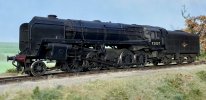
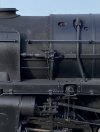
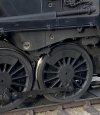
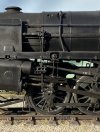
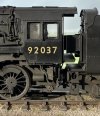
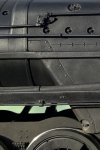
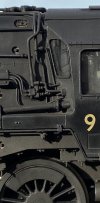
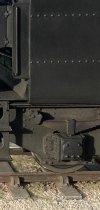
That looks awfully like a real engine to me - are you sure you haven't mixed up the pics of the model and the prototype?Another ‘work horse’ weathering job completed, only a much larger loco this time; another Lee Marsh 9F.
I’ve said it before but it’s a real pleasure to work on such a superb model.
I’ve really enjoyed adding the many varied textures and tones to the model. All were copied directly from one main reference.View attachment 175263View attachment 175265View attachment 175264View attachment 175266View attachment 175267View attachment 175268View attachment 175269View attachment 175270
The effect around the cab windows etc Jonte is all done with paint layers.Another wonderful project, Neil.
May I enquire as to how you achieved the ‘mottled’ effect around the windows, boiler, rods and under frame etc, please?
I’m guessing you stippled it with a brush, if so, which type? Perhaps you cut the ends off the bristles to create a fan effect which I’ve tried myself in the past? Is the medium paint or powder? If paint, I’m guessing most of the paint has to be removed from the brush before application; if powder, I’m plumping for it being applied in liquid form, either mixed with water or thinners?
Apologies for all the questions, and of course, as you’re a commercial ‘weatherer’, I’ll understand if you’re reluctant to be quite so specific about your methods, but I’m always curious about those employed by other modellers.
Cheers.
jonte
Many thanks, Neil, for sharing and for a most comprehensive account.Thank you All for your very kind comments.
The effect around the cab windows etc Jonte is all done with paint layers.
Around the windows are about three layers;
I apply a coat of grime, in oils, then wipe most of it off. Whilst wet/tacky with a soft small brush I lay weathering powders over the top - but faintly - they adhere to the paint. I then - in this case because the loco is pretty clean - add a further layer of black (base colour of the loco, oils) but dry brushed, so it doesn’t obliterate all areas previously weathered.
The chassis is over sprayed by airbrush with a base colour (I use a lot of Humbrol 32 and 98). Before this dries - or dries in its entirety - I apply weathering powders, stippled as you suggested, into the airbrushed paint. After that, due to chassis being generally filthy, once dry I add further paint, over those previous layers; much, I guess, as would happen in real life.
To add another chassis grime layer I will flick it over (dry brush) with a very dry either black or weathering colour mix just to highlight areas and therefore add another visual element.
Hope this helps.
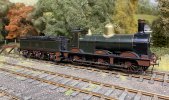
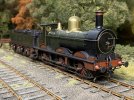
I would doff my cap to you, but I can’t find it at the moment. Very nice work indeed.
